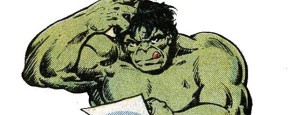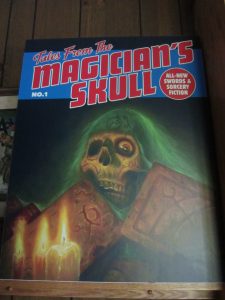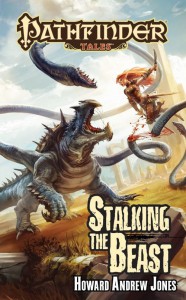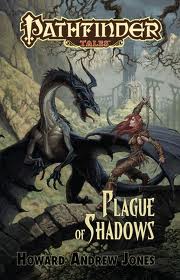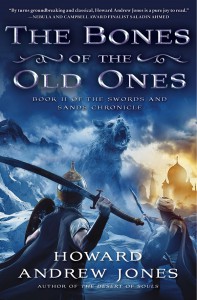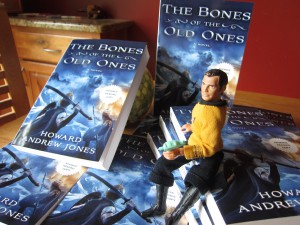 Three weeks ago I mentioned that it had taken me a year, writing in my spare time, to create the first Dabir and Asim novel, The Desert of Souls. Well, when it came to its sequel, it took just as long, even though I was writing full time. Sadly, it proved one of the most challenging books I’ve yet written, even though up until the most recent, unpublished novel, For The Killing of Kings, it was my favorite and the one of which I was most proud.
Three weeks ago I mentioned that it had taken me a year, writing in my spare time, to create the first Dabir and Asim novel, The Desert of Souls. Well, when it came to its sequel, it took just as long, even though I was writing full time. Sadly, it proved one of the most challenging books I’ve yet written, even though up until the most recent, unpublished novel, For The Killing of Kings, it was my favorite and the one of which I was most proud.
What went wrong? Well, that’s where the lessons come in.
First, I thought that my skeletal outline method was the way to go. It turns out that worked just fine for the first book, which was an origin story. I wanted to do something more complex with the second book now that my main characters were brothers in all but blood, and a wiser man than me should have realized that meant he needed a more complicated outline. I sure wish I could talk to that guy, because he would have saved himself and his poor, long suffering wife a whole lot of anguish.
You see, I ended up writing The Bones of the Old Ones no less than three times from almost start to finish. That certainly wasn’t my intent. Nearly everything about the plot changed apart from the general concept and the first three or four chapters. I had a strong beginning scene, but I cut it early on, and it took my wife and my editor, Pete Wolverton, some serious convincing to get me back to that start when I began it the third time.
Second, I only had a vague idea about my villains. I THOUGHT I knew them better than I did, but I was so eager to get started that I hadn’t thought them through very clearly. As a result I didn’t completely know their powers, or even their motivations. That was, frankly, an idiot move, because the middle got really muddy when I didn’t have an idea how the bad guys would be reacting to what was happening.
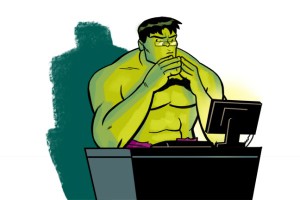 The other day I was asked what the best way to find beta readers was. In short form, you have to network with other writers.
The other day I was asked what the best way to find beta readers was. In short form, you have to network with other writers.